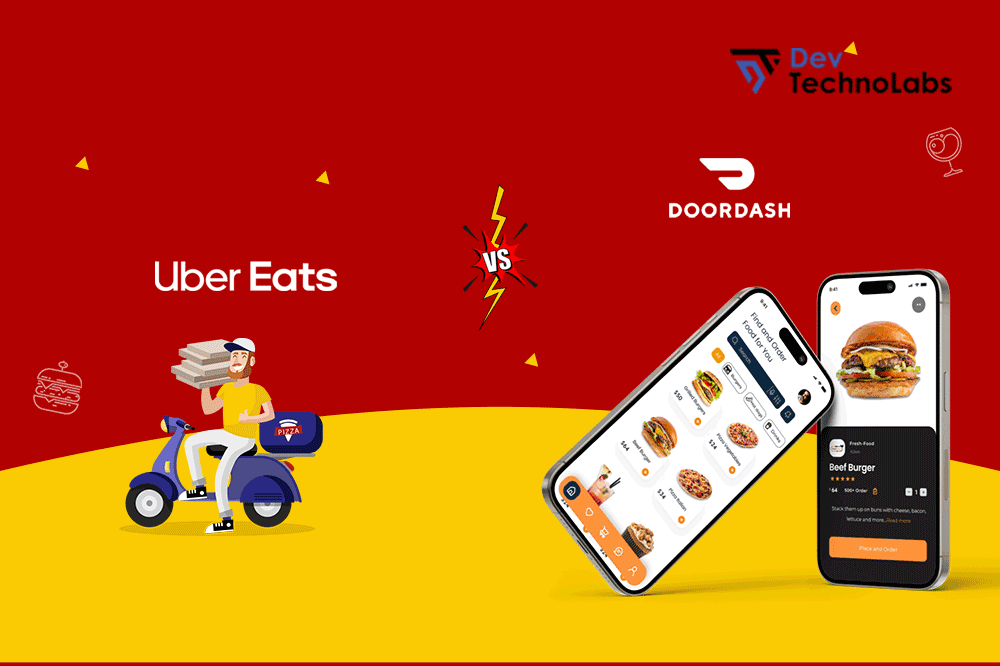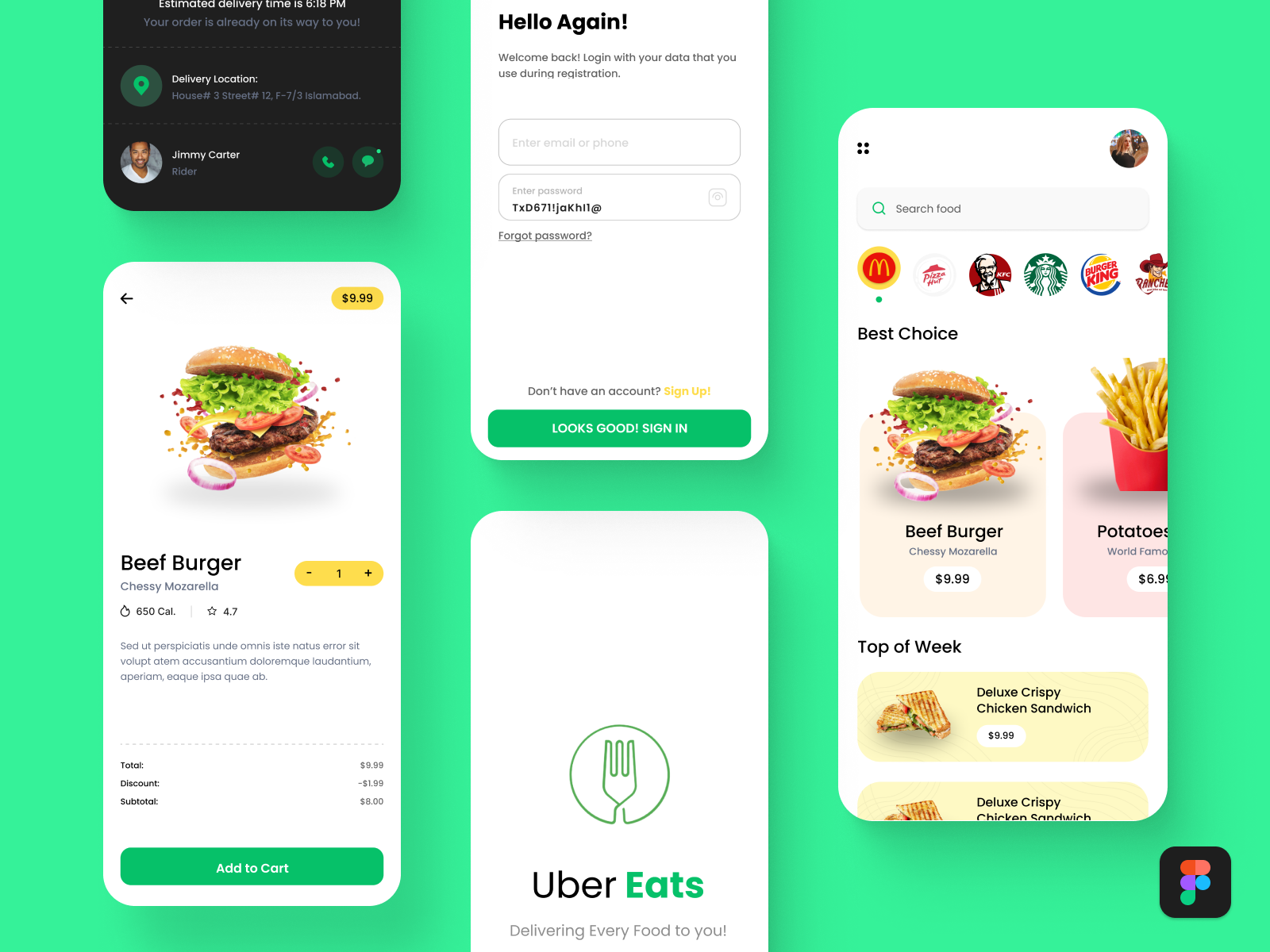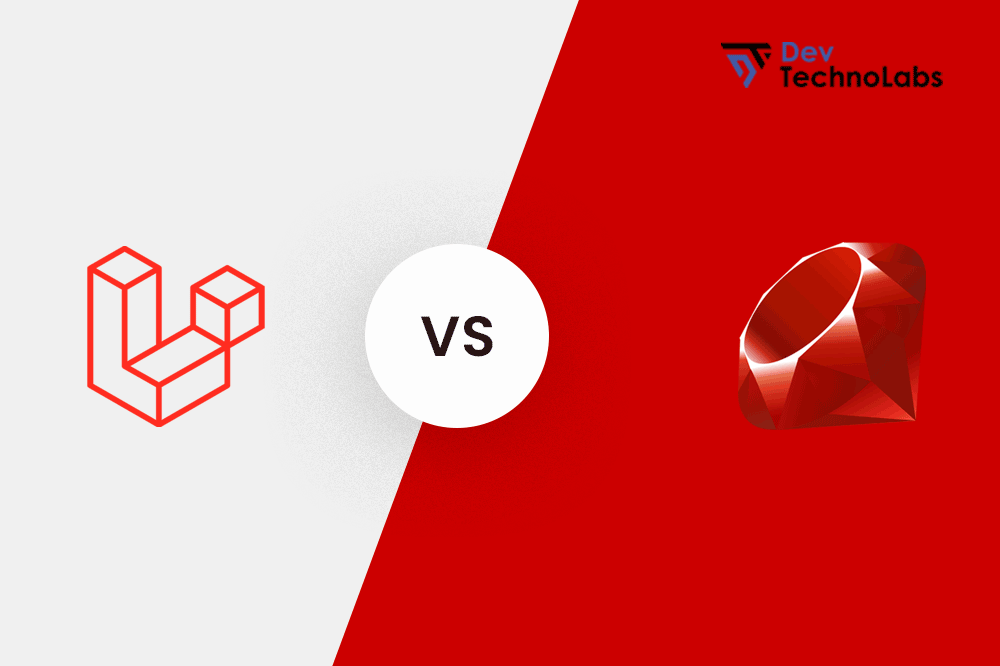Two of the biggest players in the food delivery app industry are Uber Eats and Doordash. These two apps have taken the market by storm and have made ordering food more convenient than ever. But which one is better? In this article, we'll compare Uber Eats and Doordash and help you decide which app is the best for your food delivery needs.
Uber Eats
History and Growth
Uber Eats is an online food ordering and delivery platform launched by Uber in 2014. It emerged from the success of Uber's ride-hailing service and was quickly adopted in major cities. The platform expanded rapidly, benefiting from Uber's established brand and logistic network.
Global Reach
The app is currently available in over 6,000 cities worldwide, making it one of the largest food delivery apps in the world. Its global reach has enabled Uber Eats to cater to diverse food preferences and connect with a broad audience.
Service Model
Uber Eats operates on an aggregator model, partnering with restaurants to offer a wide range of options to users. It is not just limited to food delivery but also allows users to pick up their orders from restaurants.
How it Works
Uber Eats works by connecting users with nearby restaurants that offer delivery. Users can browse through menus, place orders, and track their food in real-time. The interface is designed to make the ordering process as smooth as possible.
Payment Options
The app offers a variety of payment options, including credit cards, PayPal, and Uber Cash. This flexibility caters to different user preferences, enhancing the overall convenience of the service.
Integration with Uber
One of Uber Eats' strengths is its integration with the broader Uber ecosystem. Users can utilize Uber's rewards program and even order food directly from their Uber ride app in some markets.
Pros
- Variety: Users enjoy a large selection of restaurants and cuisines, with options for every taste and dietary need.
- Speed: Fast delivery times are a hallmark of Uber Eats, thanks to its well-established network of drivers.
- Tracking: The real-time tracking of orders is a standout feature, offering transparency and peace of mind to users.
- Rewards: Integration with the Uber rewards program incentivizes users to stay within the Uber ecosystem for both rides and food delivery.
Cons
- Customer Service: Inconsistent customer service experiences have been reported, which can be frustrating for users facing issues.
- Coverage: While extensive, delivery areas are limited in some cities, which can exclude potential users.
- Cost: High delivery fees during peak times can be a deterrent for users looking for a cost-effective delivery option.
Doordash
History and Expansion
Doordash was founded in 2013 and started as a small start-up in Stanford. It has since experienced exponential growth, capturing a significant share of the market in the United States.
Availability
The app is currently available in over 4,000 cities in the United States, Canada, and Australia. The company's focus on suburban areas has allowed it to dominate markets that are underserved by other delivery services.
Business Model
Doordash operates on a logistics model, emphasizing the efficiency of its delivery process. This focus has led to innovations in delivery and operations, setting it apart from competitors.
How it Works
Doordash works similarly to Uber Eats, where users can browse through menus, place orders, and track their food in real-time. The platform is designed to be intuitive and user-friendly, with a focus on the user experience.
Payment Flexibility
The app offers various payment options, including credit cards, Apple Pay, and Google Pay. Doordash's flexibility in payment methods ensures that it can cater to a wide range of user preferences.
Group Ordering
Doordash has innovated in the area of group orders, making it simple for multiple users to add items to a single order. This feature is particularly popular among office workers and families.
Pros
- Selection: With a wide selection of restaurants and cuisines, Doordash is a go-to for users looking for variety.
- Affordability: Generally, more affordable delivery fees make Doordash a budget-friendly option.
- Customer Service: An excellent customer service record, with a dedicated team available 24/7, helps resolve any issues promptly.
- Group Orders: The option for group orders is a unique selling point, catering to collective ordering needs.
Cons
- Geographic Limitations: Limited availability in certain areas restricts the reach of Doordash in some markets.
- Wait Times: Long delivery times during peak hours can be a pain point for users wanting a quick meal.
- Loyalty Programs: The absence of an integrated rewards program could be seen as a disadvantage compared to other platforms.
How Do Uber Eats and Doordash Compare?
Now that we've covered the basics of both apps, let's dive deeper into how they compare in terms of key features and user experience.
Restaurant Selection
Both Uber Eats and Doordash offer a wide selection of restaurants and cuisines. However, Uber Eats has a slight edge in terms of the number of restaurants available. With over 320,000 restaurants on their platform, Uber Eats offers more options for users to choose from.
Delivery Times
When it comes to delivery times, Uber Eats has the upper hand. Due to their large fleet of drivers, Uber Eats can deliver food faster than Doordash, especially during peak hours. However, Doordash has been working on improving their delivery times and has made significant progress in recent years.
Delivery Fees
Delivery fees can play a crucial role in a user's decision when choosing a food delivery app. Uber Eats and Doordash both charge a delivery fee, but Uber Eats' fees tend to be higher, especially during peak times. Doordash has more affordable delivery fees, making it a better option for users looking to save some money.
Customer Service
Customer service is an essential aspect of any service, and both Uber Eats and Doordash take it seriously. However, Doordash has a slight edge in this area. They have a dedicated customer service team that is available 24/7 to assist with any issues that may arise. On the other hand, Uber Eats' customer service can be inconsistent at times.
User Interface
Both apps have a user-friendly interface that is easy to navigate. However, Uber Eats has a cleaner and more modern design, making it more visually appealing. Doordash's interface can feel cluttered at times, but it still provides a seamless user experience.
Which One Should You Choose?
Both Uber Eats and Doordash have their strengths and weaknesses, making it challenging to determine which app is the best. However, here are some factors to consider when making your decision:
Availability
The first thing to consider is whether the app is available in your city. Both Uber Eats and Doordash are rapidly expanding, but they may not be available in all areas.
Restaurant Selection
If you're someone who likes to explore different cuisines, Uber Eats might be the better option for you. With a more extensive selection of restaurants, Uber Eats offers a more diverse range of options.
Delivery Fees
If you're looking to save some money on delivery fees, Doordash is the better choice. With more affordable delivery fees, Doordash can help you keep your food delivery costs down.
Delivery Times
If you're in a rush and want your food delivered quickly, Uber Eats is the way to go. With their large fleet of drivers, Uber Eats can deliver food faster than Doordash.
How to Build Your Own Food Delivery App?
If you're an mobile app development company or an entrepreneur looking to enter the food delivery market, building your own app might be a better option for you. Here are some key features you should consider when building a food delivery app:
User-friendly Interface
A user-friendly interface is crucial for any app's success. Ensure that your app has a clean and intuitive design that makes it easy for users to browse through menus and place orders.
Real-time Tracking
Real-time tracking is a must-have feature for any food delivery app. Users want to know where their food is and when it will arrive. Implementing a real-time tracking feature will help improve the user experience.
Secure Payment Options
With the rise of cybercrime, security is a major concern for app users. Implementing secure payment options, such as credit cards, PayPal, and Apple Pay, will help build trust with your users.
Multiple Restaurant Selection
Offering a wide selection of restaurants and cuisines will help attract more users to your app. Partnering with a variety of restaurants will also help improve the user experience and give users more options to choose from.
Conclusion
In conclusion, both Uber Eats and Doordash are excellent food delivery apps that offer convenience and a variety of options for users. While Uber Eats has a larger selection of restaurants and faster delivery times, Doordash offers more affordable delivery fees and better customer service. When choosing between the two, consider your location, budget, and delivery preferences to determine which app is the best for you. And if you're looking to build your own food delivery app, make sure to include essential features such as a user-friendly interface, real-time tracking, and secure payment options to provide a seamless experience for your users.











